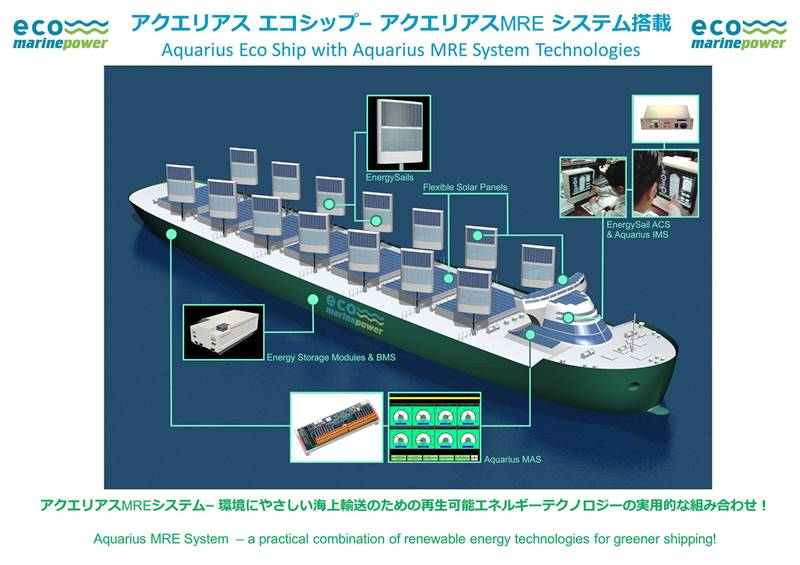Sailing ships and solar powered ships
Sailing offers several advantages for promoting cleaner seas compared to traditional fossil fuel-powered vessels:
Zero Emissions: Sailing ships rely solely on wind power for propulsion, resulting in zero emissions during operation. This eliminates the release of harmful pollutants such as sulfur oxides (SOx), nitrogen oxides (NOx), and particulate matter, which are significant contributors to marine pollution and air quality degradation.
UT WIND CHALLENGER
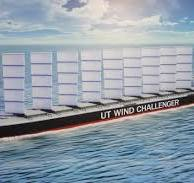
Reduced Carbon Footprint: By harnessing renewable wind energy, sailing ships substantially reduce their carbon footprint compared to vessels powered by fossil fuels. This helps mitigate climate change impacts and supports efforts to transition to a low-carbon economy.
Minimal Oil Spills Risk: Fossil fuel-powered ships are at risk of oil spills, which can have devastating consequences for marine ecosystems and coastal communities. Sailing ships, however, do not carry large quantities of oil-based fuels, significantly reducing the risk of oil spills and their associated environmental damage.
Less Noise Pollution: Sailing ships operate quietly without the noise generated by engines and machinery found on conventional vessels. This reduction in noise pollution benefits marine life, as excessive noise can disrupt communication, navigation, and feeding behaviors of marine animals, including whales and dolphins.
180 000 DWT 300m Bulk Carrier % 30 fuel and emission reduction.
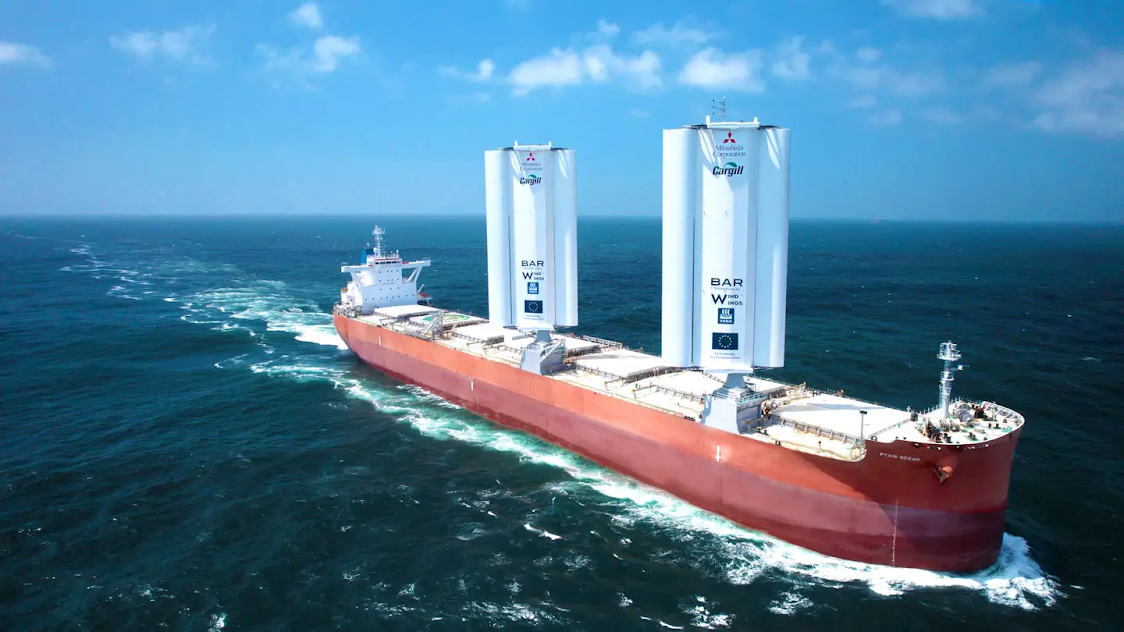
For the time being % 40 fuel saving and emission reduction, In the future % “100 wind and solar energy with 0 emission and cheap voyage.
A Cargill chartered dry bulk ship has launched on its first voyage since being fitted with special sails, aiming to study how harnessing wind power can cut emissions and energy usage in the shipping sector. Read here: https://reut.rs/3OJ5AoW
… Promotion of Sustainable Practices: Sailing ships exemplify sustainable transportation practices, raising awareness about the importance of environmental stewardship within the maritime industry. Their use can inspire other shipping companies to adopt cleaner technologies and operational practices, contributing to overall improvements in marine environmental protection.
Enhanced Visibility and Tourism Opportunities: The aesthetic appeal of sailing ships and their association with clean, renewable energy can attract tourists and promote sustainable tourism activities. By offering eco-friendly sailing experiences, these vessels contribute to local economies while showcasing the beauty and importance of clean seas.
While sailing ships offer significant benefits for promoting cleaner seas, their widespread adoption may require overcoming challenges such as technological barriers, infrastructure limitations, and economic considerations. However, continued efforts to advance sail technology, support policy frameworks that incentivize sustainable shipping practices, and raise public awareness about the importance of marine conservation can help realize the potential of sailing as a cleaner and more sustainable mode of maritime transportation.
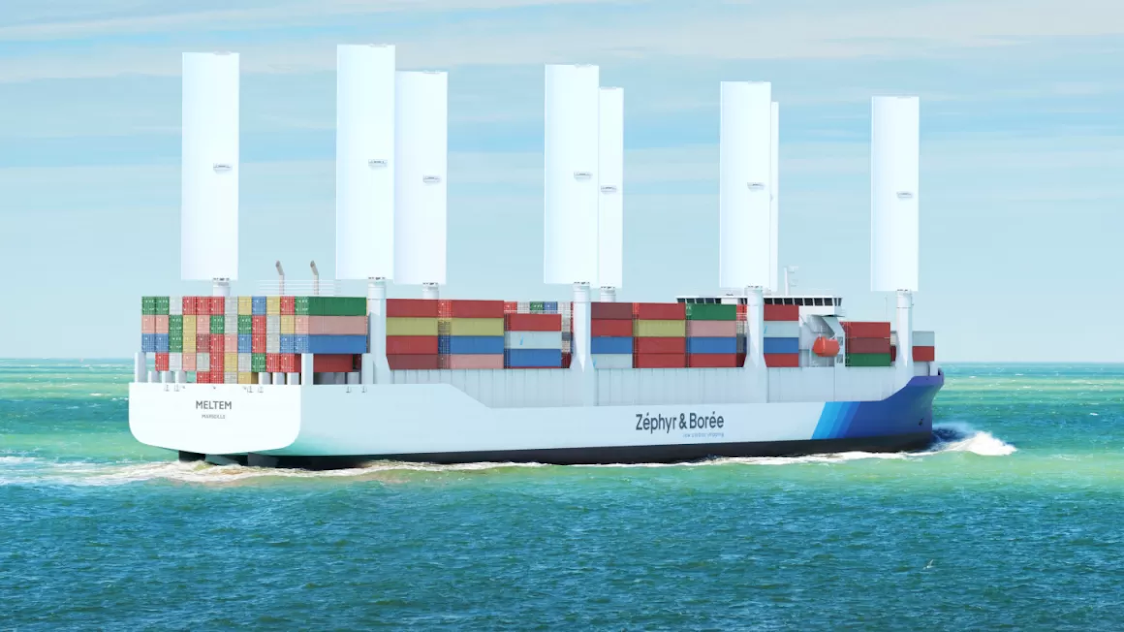
The future of merchant ships with sails suggests a return to utilizing wind power as a primary means of propulsion. Here are some aspects of this potential future:
Renewable Energy Focus: As concerns about climate change and emissions grow, there’s a renewed interest in sustainable transportation solutions. Sails offer a renewable energy source that can significantly reduce reliance on fossil fuels, making merchant ships more environmentally friendly.
Technological Advancements: Future sail-equipped merchant ships are likely to incorporate advanced materials and designs for greater efficiency. This could include lightweight and durable sail materials, along with innovative rigging systems optimized for various wind conditions.
Hybrid Propulsion Systems: While sails can serve as the primary propulsion method, future merchant ships may also integrate hybrid propulsion systems. These systems could combine wind power with auxiliary engines or alternative energy sources like solar or hydrogen to ensure reliability and flexibility in varying conditions.
Digitalization and Automation: Digital technologies and automation can enhance the performance of sail-equipped merchant ships. Advanced weather forecasting, route optimization algorithms, and automated sail control systems can maximize efficiency and safety while reducing operational costs.
Economic Viability: The economic viability of sail-equipped merchant ships will depend on various factors such as fuel prices, regulatory incentives, and technological advancements. While upfront costs may be higher compared to traditional vessels, lower operational expenses and potential environmental benefits could make sail-powered ships economically competitive in the long term.
Cultural and Historical Appeal: Beyond practical considerations, the revival of sailing merchant ships could also have cultural and historical significance. Sailing has a rich maritime heritage, and reintroducing sail-powered vessels into commercial shipping could evoke a sense of nostalgia while embracing sustainable practices.
Overall, while the widespread adoption of sail-equipped merchant ships may still face challenges, there’s growing interest in exploring alternative propulsion methods to address environmental concerns and promote sustainable maritime transportation in the future.
The future of solar powered sailing ships.
Türanor Planet Solar
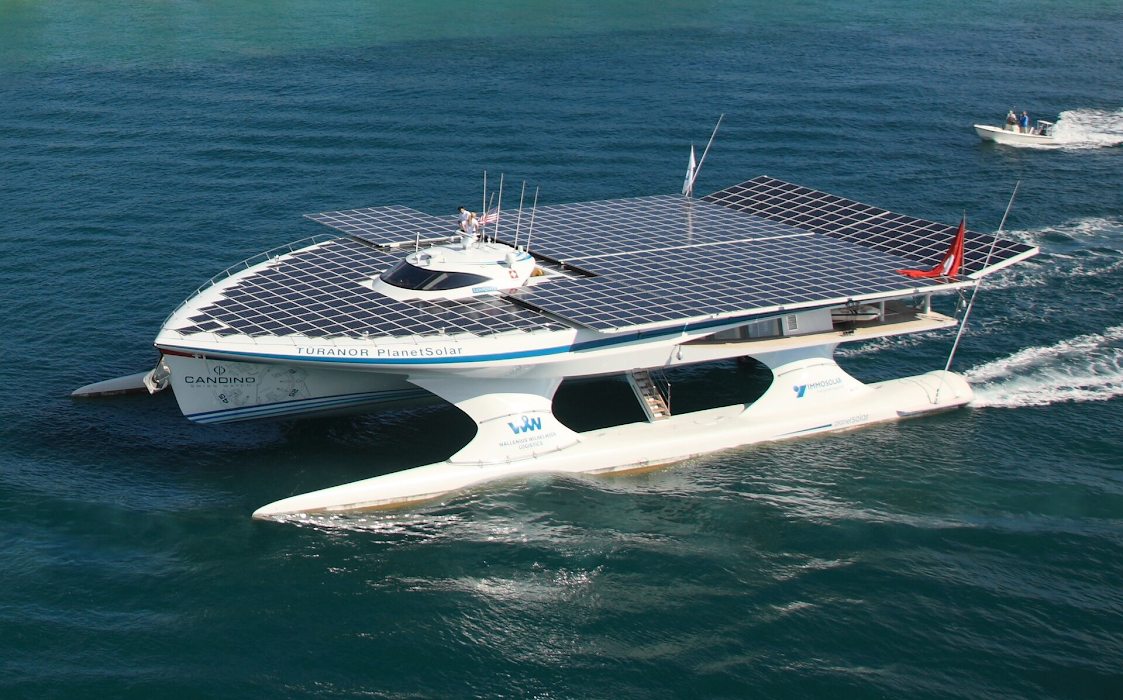
The 31-metre boat is covered by 537 m2 of solar panels rated at 93 kWp, which in turn connect to two electric motors, one in each hull. There are 8.5 tons of lithium-ion batteries in the ship’s two hulls. The boat’s shape allows it to reach speeds of up to 10 knots
The future is the shıps with solar and wind power together.
SEA ZERO
Hurtigruten Norway
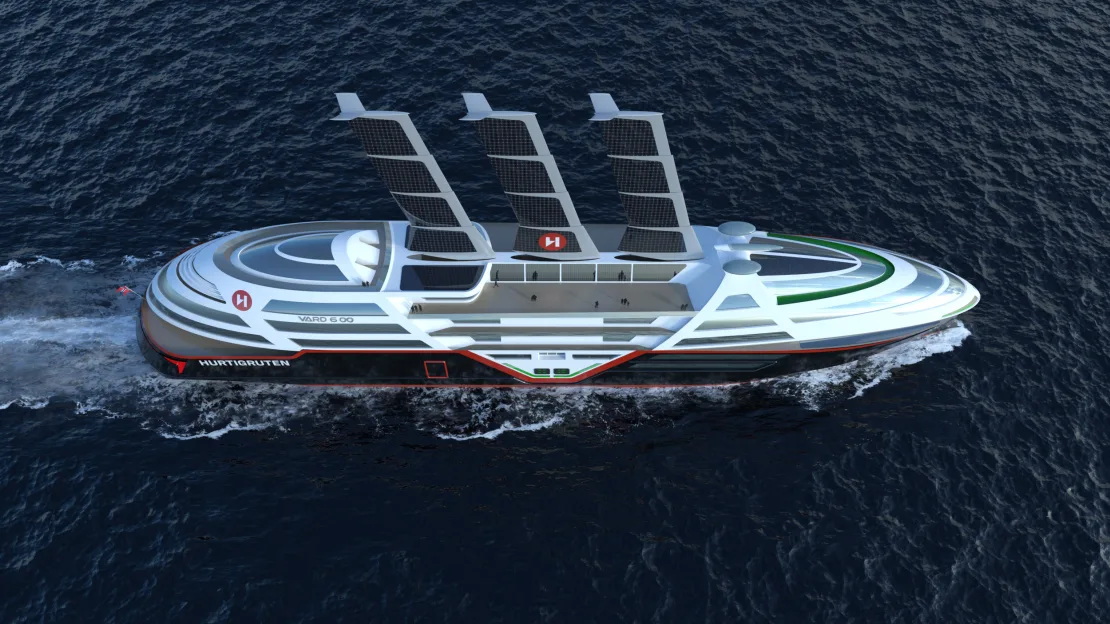
The ship will be 135 meters in length and have 270 cabins. The sails, when fully extended, will reach 50 meters in height. VARD Design
